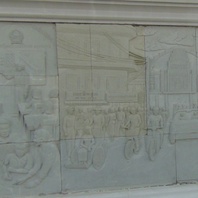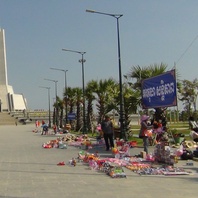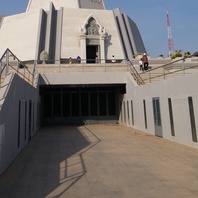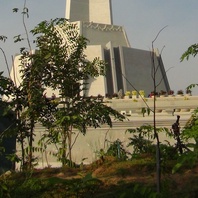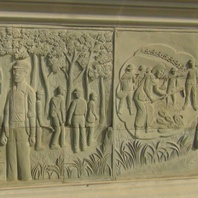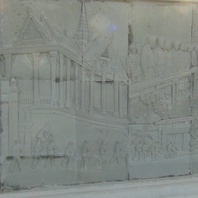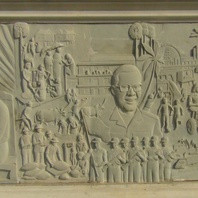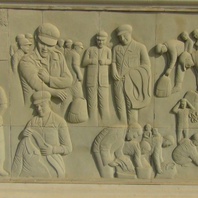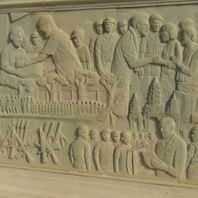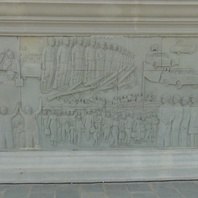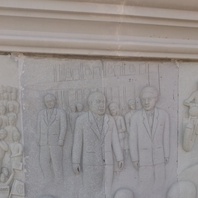(Pre)occupations, transformation and the (re)making of Khmer historical agency
The history of Cambodia in the twentieth century was a history of violence deeply intertwined with the Cold War and decolonisation in the region. External powers (the United States, China, Vietnam and France, for example) were often involved in this history. It is little wonder then that questions about the role played by Cambodians not only in these different episodes of violence (anti-colonial struggles, civil and proxy wars, bombardments, genocide, etc.) but also in ending conflicts and establishing a viable sociopolitical system have become a critical point. In recent years, for example, the government of Prime Minister Hun Sen (in power since 1985 with the ruling Cambodian People’s Party or “CPP”) has actively promoted narratives in which Khmer historical agency is being reclaimed against enduring ideas of victimhood and passivity and re-articulated in the light of current geopolitical and economic developments. Many of these narratives are explored in this case study.
The spatial politics – or the politics in, of and through space – by which the interpretations of Khmer agency are visualised and materialised offers a point of entry into both the formation of post-conflict identity in Cambodia today and the CPP Government’s vision of Cambodia’s position in globalised Southeast Asia.
This case study, compiled by Dr Stéphanie Benzaquen-Gautier, examines the spatial politics of identity in Cambodia through visual materials collected by Dr Benzaquen-Gautier during her research on the Win-Win Monument (Vĭméan Chhneăh Chhneăh) on the outskirts of Phnom Penh (January 2020) and the city of Sihanoukville in southern Cambodia (February 2020), as well as from the Royal University of Fine Arts (RUFA) collection at the National Archives, and from the collection of the Agence Khmère Presse (AKP) at the Ministry of Information in Phnom Penh. At first sight, this material might appear heterogenous and disparate. However, it helps to paint a picture of contemporary Cambodia and makes it possible to unpack the ways in which (pre)occupations – a term that covers a wide semantic field, from old and new forms of physical “inhabitancy” to concerns over Cambodia’s place in the world and the social impact of fast-paced economic changes – shape current understandings of nation, citizenship, power and legitimacy. A core theme in the present-day debates on these issues is historical agency.
Explore Themes
People's Republic of Kampuchea
The Khmer Rouge regime fell on 7 January 1979 and was replaced by a new socialist state, the People’s Republic of Kampuchea (PRK). The photographs in this theme, taken by Vietnamese and Cambodian photographers in 1979 and 1980, document early attempts by the PRK to win “hearts and minds” in Cambodia at the time They also show the efforts at recording the crimes of the Khmer Rouge for prosecution purposes in the months leading to the People’s Revolutionary Tribunal that judged leaders Pol Pot and Ieng Sary in absentia (Phnom Penh, August 1979).
Sihanoukville
Sihanoukville city-port was established in the late 1950s on the premises of a small fishing village on the Gulf of Thailand. It was meant to showcase the newly independent and modernising Cambodia. After a hiatus in the 1970s and 1980s, Sihanoukville became a strategic point and received massive Chinese support following China’s decision to invest in Cambodia via the Belt and Road Initiative in 2017. This translated into huge development projects for casinos and holiday resorts and the complete transformation of the urban layout with dramatic consequences for the environment and local communities.
Win-Win Monument
The Win-Win memorial complex was built on the Chroy Changvar Peninsula, an area in development on the outskirts of Phnom Penh. It was inaugurated in December 2018 to mark the twentieth anniversary of the final dismantling of the Khmer Rouge movement. The monument is a 33-metre- high triangular monolith posed on a pentagonal basis adorned with a 117-metre-long wall of bas-reliefs that recount half a century of Cambodia’s history.
